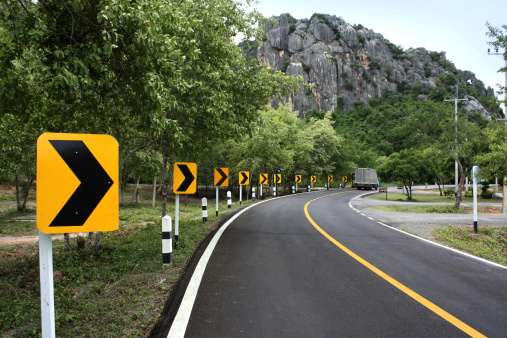
Department of Transportation steps up effort to enhance pedestrian and bicyclist safety.
Each year, thousands of pedestrians and hundreds of bicyclists are killed in vehicle collisions – and the rate is only rising. Even as car travel in general grows safer, pedestrian and bicyclist deaths increased more than six percent from 2011 to 2012. On average, traffic collisions kill one pedestrian every two hours and injure one pedestrian every seven minutes.
U.S. Department of Transportation (DOT) Secretary Anthony Foxx recently announced a new initiative to safeguard pedestrians and bicyclists on streets across the nation. Foxx emphasized that the initiative “is critical to the future of our country.” While some people may not walk or bike as their primary method of travel, everyone is a pedestrian for some part of their journey. “Education alone is not going to be enough,” government and infrastructure have roles to play in safe travel, Foxx said.
As more people walk and bike, and as urban populations grow, the safety of pedestrians and bicyclists grows larger a larger concern. Pedestrian and bicyclist deaths are disproportionately greater in cities and in low-income communities, which often lack safety-promoting infrastructure, such as sidewalks, marked crosswalks, or street lights. On national, state, and local levels, governments seek to reduce risks to pedestrians and bicyclists.
Secretary Foxx asserted this is “the most comprehensive, forward-thinking initiative the US DOT has ever put forward on bike-ped issues.” Through the new initiative, DOT field offices in every state will assess road safety and will engage with communities to enhance pedestrian and bicyclist safety. Field offices will identify gaps in transportation networks, including lack of sidewalks for pedestrians and unsafe infrastructure for cyclists. Secretary Foxx said DOT also plans to reexamine policies and practices that in the past have unintentionally resulted in road designs that are inaccessible to pedestrians and bicyclists.
DOT will provide guidance on redesigning roads to add bicycle lanes, add pedestrian crossings, and improve speed limit compliance. Redesigning roads would also manage space on roadways for vehicle and non-vehicle uses to improve safety and mobility.
As part of the initiative, DOT is also updating its resources, including Bikesafe which provides information for avoiding crashes, and the Resident’s Guide for Creating Safe and Walkable Communities. Pedsafe, an interactive resource for enhancing pedestrian safety, was recently released as well. DOT will draw on experience from pilot assessments in Boston, Fort Worth, and Lansing to guide its field offices in completing assessments in every state.
DOT’s initiative builds on past efforts to incorporate pedestrian and bicyclist safety into transportation projects. Former DOT Secretary Ray LaHood issued a policy to support the development of transportation accommodations for pedestrians and bicyclists. Earlier this year, Louisville, Philadelphia, and New York City were awarded grants to create pedestrian education programs and to increase police enforcement of law benefitting pedestrians. These cities were selected in part because they have high rates of pedestrian and bicyclist deaths caused by motor vehicles.
Other DOT programs, such as TIGER grants help state and local governments implement pedestrian and bicycle projects around the country. DOT recently announced the recipients of its 2014 TIGER grants, which include many projects that will improve access and safety for pedestrians and bicyclists.
Building on DOT’s pedestrian and bicyclist policy, Secretary Foxx is optimistic this new federal initiative could create a “safer road for all travelers.” Secretary Foxx plans to release more information about the initiative over the next several months.



